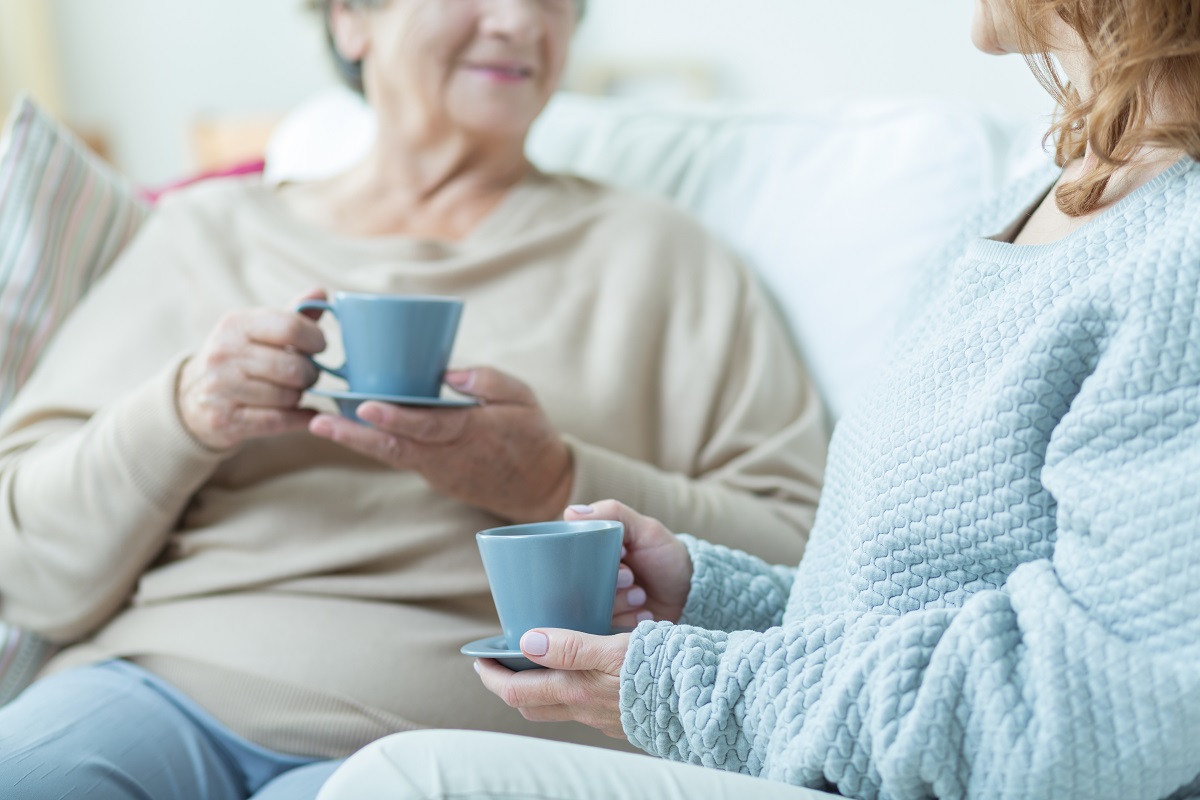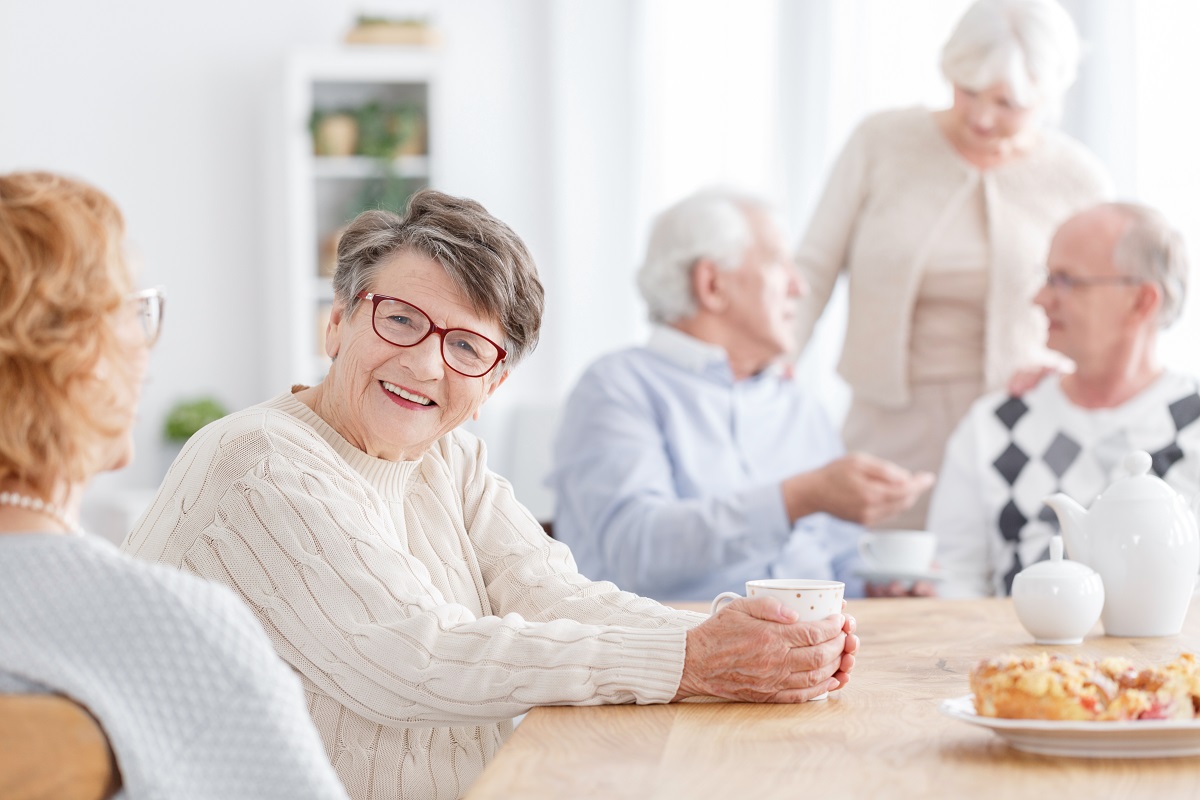Dealing with incontinence can be a very difficult and traumatic experience for both the person with dementia and their carer. However, it is quite a common symptom in the later stages of the condition and can happen for many reasons. For example, the person with dementia may forget or not realise that they need to go, or may not be able to remember their way to the toilet. Sometimes they simply can’t move quick enough to reach the toilet in time.
But there are lots of different products which can help to make the toileting process easier, more hygienic and, most importantly perhaps, more dignified for those affected. Click on the links below to find out what can help.
Toileting
Your dilemma:
You care for someone with dementia who has limited mobility, meaning they have difficulty using the toilet, including sitting on it, getting up from it or reaching it in time.
Products to help:
– Toilet seats
Dementia can affect your ability to see colour contrasts, which means if a toilet seat and the surrounding cistern and floor are all one colour, it may be hard to see where to sit. A toilet seat that comes in a contrasting colour, such as red or blue, can help solve this problem. It can help to also pick a raised seat so that it’s easier for them to sit down. You can also buy larger sized toilets seats if the person you’re caring for is slightly bigger, and needs more support.
– Toilet supports
Fixing a rail around the toilet can also be useful for someone who may struggle to get up from the toilet, as they can lean on the frame to push themselves up. Frames can have drop-down bars that can be pushed out of the way (for example, if other people use the toilet as well), or they can be one or two-sided frames.
– Toilet accessories
Toilet lifts are mains or battery-operated devices that slowly lifts a toilet seat to help you up into a standing position. They can be a useful toilet accessory if the person you care for doesn’t have much strength in their arms or legs to get into a standing position. Similarly, if they struggle to twist round to wipe themselves after using the toilet, a wiper may be useful. It’s an extendable arm which grips toilet paper and lets you retain independence and wipe yourself more easily. If the toilet handle is small, and not easy to see or push down, a flush handle extension will provide more leverage.
– Bidet toilets
A bidet toilet is one that will wash you after you’ve gone to the toilet. These can be a stand-alone unit or installed within a toilet seat. The latter has bidet facilities for washing and drying, and can be useful if the person can no longer wipe themselves sufficiently.
– Commodes
If the person you’re caring for struggles to get up out of bed or a chair, a commode may be useful. These are special seats that have a built-in basin so you can relieve yourself without having to make it to the bathroom. They can be handy to have near your bed at night if the bathroom is quite far away. Commodes come in a variety of styles, from ones that can be disguised as a regular chair, with the lid lifted up to reveal the basin, to folding commodes, mobile versions and wide seat varieties.
– Commode accessories
Commodes can sometimes also require accessories, particularly if you’re out and about, such as basin liners, so you can easily throw waste away, and travel bidets, which let you clean up while you’re out and about.
– Urinals and bed pans
In the later stages of dementia and towards the end of life, the person with dementia may become bed bound. Urinals and bed pans will ensure they can still relieve themselves without having to leave their bed.
– Signs
Good signage can ensure that someone who struggles to remember where the bathroom or toilet is can find their way easily. Signs should be large and clear, with an illustration of the room so it’s obvious to the user, and those who may be struggling to read words because of their dementia.
These products are good for:
Helping someone use the toilet on their own, helping to boost independence in someone who is living at home.
Top tip:
You can buy toilet seats that are padded, so they not only raise the height of the seat making it slightly easier for people who don’t feel confident sitting down on the toilet, but also want added comfort.
Incontinence pants
Your dilemma:
The person that you care for is incontinent, and is no longer aware of when they need the toilet.
Products to help:
– Disposables pants and pads
For someone who is unable to control when they go to the toilet, disposable pants are often the easiest way to cope. They are specially designed pants (which can be for men and women) which have a built-in absorbent gusset to absorb liquid and trap away smells. If the person you’re caring for would rather wear their own underwear, you can provide them with stick on pads, which can come in different types and sizes to cover mild to severe incontinence.
– Washable pants
These pants are like standard briefs, but they have a waterproof liner and an absorbent pad inside. They are often designed to fit closely around the legs to prevent leakages. They can be helpful when the episodes of incontinence are small or infrequent. They are discreet and can be washed and worn like normal pants.
These products are good for:
Maintaining dignity for someone affected by incontinence, but want a subtle but effective way of managing it.
Top tip
Don’t forget to pack some disposable pants or pads in a bag or boot of the car if you heading out on a trip.
Incontinence protectors
– Chair and bed protectors
These are special absorbent covers that can be placed over the top of a chair or between the sheet and the mattress of a bed to protect it from incontinence. The covers are often washable and will absorb the moisture away from the surface, but lock it in to protect the seat or mattress.
These products are good for:
Maintaining dignity for someone who is worried about incontinence problems.
Good to know:
If you’re worried about accidents, you should still ensure that the person you’re caring for drinks six to eight glasses of fluids each day. Cutting down fluids or not drinking for long periods of time can cause urinary tract infections and constipation.
Incontinence alarms
Your dilemma:
The person you care for sometimes doesn’t make it to the toilet in time, or struggles to stay continent during the night.
Product to help:
– Chair and bed alarms
Setting up an alarm on a bed or favourite chair can help someone who suffers with occasional incontinence to realise they’ve wet themselves. As soon as moisture is detected, an alarm will sound to let them or their carer know.
This product is good for:
Ensuring comfort in someone who is prone to incontinence by allowing the problem to be detected early so they can be cleaned and changed.
Good to know:
Incontinence alarms are sometimes known as enuresis alarms. It’s also possible to buy alarms that can be fitted to clothes to detect wetness.
Skin care and wash creams
Your dilemma:
The person you care for suffers from incontinence, and exposure to urine and faeces is affecting their skin.
Product to help:
– Wash creams and lotions
If you’re finding that the person you care for has developed incontinence-associated dermatitis, you may need to consider changing the body washes and creams they’re using and swap to a mild one that is moisturising but not harsh on the skin.
This product is good for:
Maintaining comfort and wellbeing for someone with dementia who is affected by incontinence.
Top tip:
Do not use talcum powder if the person you care for has damp skin. It can form encrustations, in particular in the groin area when mixed with faeces, urine or sweat. It can also affect the absorbency of incontinence pads.
Personal hygiene and cleaning
Your dilemma:
You want to stay clean and help the person you care for stay clean, so having access to protective clothing and cleaning products is a must.
Products to help:
– Bins & bags
These are needed for disposing of incontinence products in a hygienic way. The pad and pants bag are useful for when you’re out and about, while many bins automatically wrap the product in an air-tight bag to help mask odours.
– Gloves & aprons
Gloves and aprons are useful to help protect your clothing when helping someone to use the toilet, change a pad or clean them up. They are disposable, so once they’ve been used, you can easily throw them away.
– Wipes
Useful for helping to clean someone up after using the toilet, wipes are soft and usually infused in lotion to make them easier for wiping and more comfortable than regular toilet paper.
– Odour management
Many incontinence products now come with their own odour management solutions, including air fresheners for pad and nappy containers, and odour releasers for incontinence pads.
These products are good for:
Maintaining sanitary conditions and hygiene.
SHARE
Explore more




